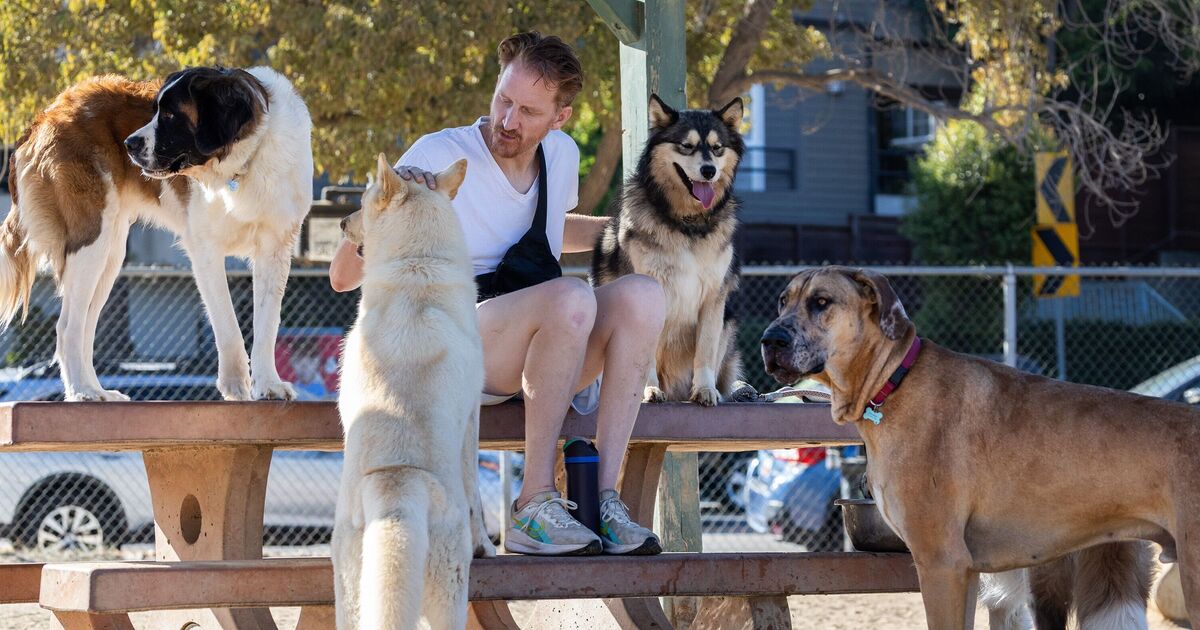

Dogs are man's best friend but some breeds are more responsive to training than others. According to Everypaw Pet Insurance, online searches for ‘how to train your puppy’ have risen by 22% over the last three months, while ‘when to start dog training classes’ has surged by 150% — compared to August 2024.
The organisation's in-house veterinarian, Dr. Anna Foreman, has offered tips on what training commands are the most beneficial for your animal and shone a light on the easiest dog breeds to train. She also revealed some common mistakes pet owners make and other useful information about training canines.
The vet shared her thoughts on the easiest and hardest to train breeds, explaining that Spaniels, Poodles, and Border Collies are generally considered easy to train.
Breeds such as Beagles, Huskies, and Dachshunds are particularly stubborn so ‘require more patience’.
Doctor Foreman said it is best to start training dogs as soon as possible. Their learning phase is within the first fourteen weeks of their life, where they are very absorbent of any training given. Training is still possible past this point. However, the vet advised that it takes longer and might not be so effective.
Dr Forman said that generally, dogs are best trained through reward/positive reinforcement, repetition, patience, and consistency. She added that they do not work well with punishment or negative reinforcement, as they do not relate a negative reaction (such as being told off) with an action that has just been performed.
For example, if a dog urinated on the floor and then was told off for it, they would not relate the act to the consequence. It could also prove counter-productive as the attention associated with being told off can be mistaken for a positive consequence, and thus the action that led to the telling off being repeated.
Rewards can be given in the form of food, a treat, attention, or some dogs can be clicker trained.
An untrained dog can be difficult to manage, and border on dangerous in the wrong circumstances.
They may be more difficult to handle at home or outside of the home, and especially in unfamiliar circumstances like at the vets.
Being difficult to handle at the vets can mean that physical examination and simple tasks like ear cleaning and nail trimming may be impossible to perform without sedation
Poorly trained dogs are more at risk of becoming aggressive, which can lead to harm to others